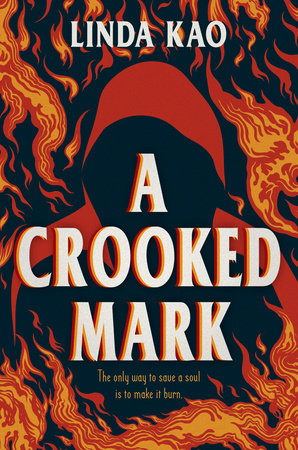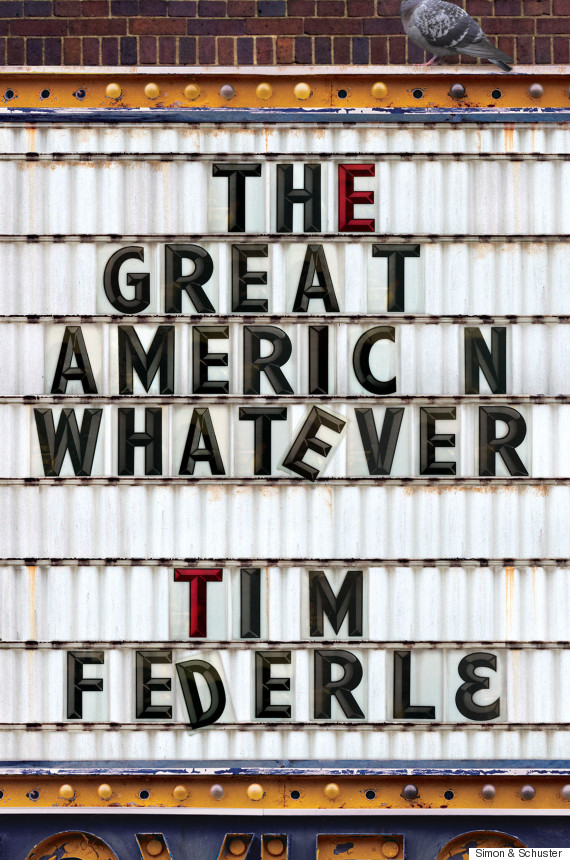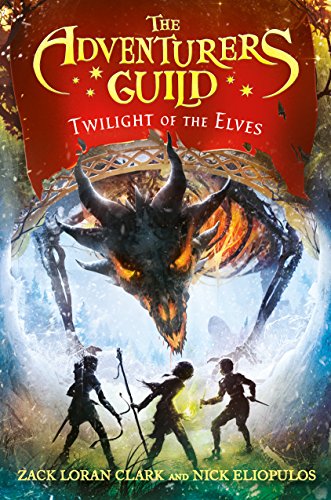[button color=”black” size=”big” link=”http://affiliates.abebooks.com/c/99844/77798/2029?u=http%3A%2F%2Fwww.abebooks.com%2Fservlet%2FSearchResults%3Fisbn%3D9780140367669″ target=”blank” ]Purchase here[/button]
The last of three books about the six Bastable children is, again, written in the outrageously funny voice of Oswald Bastable, in a such a style that you can really believe it to be the words of a boy of his age and class. And once again Edith Nesbit proves herself to be a genius of humorist fiction.
Dora, Oswald, Dicky, Alice, Noël and H. O. Bastable are the well-meaning, but hilariously adventure-prone children from The Story of the Treasure Seekers and The Would-Be-Goods. Now they are in search of a new “theme” for their play, and the mischief that their play often gets them into. They have already tried rebuilding the fallen fortunes of their house, and being good.
Now they look for ways to help Mr. and Mrs. Arthur’s Uncle get over the deplorable tragedy of marriage (such as stowing away on their honeymoon to Italy, and impersonating the readership of Arthur’s Uncle’s serial novel). They reform their obnoxious, vain cousin Archibald, they rescue an elderly Chinese man from a gang of rough youths, and they form an antiquarian society and explore the cellars of an old house.
They also prove that they believe in their family honor and in taking responsibility for your actions– and making up for the wrongs. This comes out when an attempt to make their own Christmas pudding results in a crisis of conscience, and when Dicky’s revenge on a railway porter backfires on him.
In the last half of the story, however, they do find a purpose to unite their adventures. Having been sent to the seaside to recover from the measles, the children befriend a woman whose austere lifestyle leads them to believe she is desperately poor. And in one adventure after another, they try to raise funds to help her– including letting rooms out to an eccentric lodger, getting involved in a smuggling adventure, telling fortunes at a Primrose fete, peddling merchandise out of the back of a donkey cart, and being very quiet around a lady who is resting up from a long trip.
The results are simply breathtaking. The children are both adorable and wrinkles-and-all real. Their imagination, their play, the trouble they get into, and their good-intentions-gone-awry are both belly-laugh funny and a fascinating document of period, class, and family values. Nesbit apparently combined recollections of her own childhood adventures with her brothers and sister, with modern observations on the “high minded” people and, perhaps, a self portrait (Mrs. Bax?), to create almost an ideal world for imaginative children to run wild in.
The most wonderful thing about the Bastables is how they play together. I hope you had (or still have) playmates so rich in imagination, so ready and willing to pretend, and so concerned about doing good. Whether you have or not, I think you will enjoy the experience through the escapades of the Bastable children. It’s the type of story one feels sorry to leave behind, when it ends. But you can always go back to it again!



